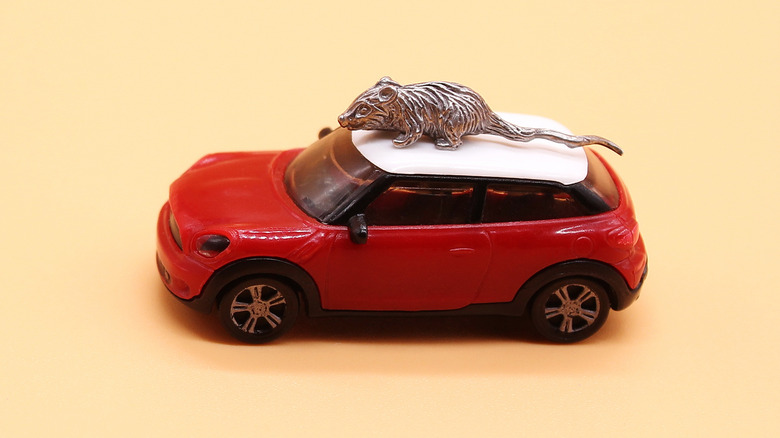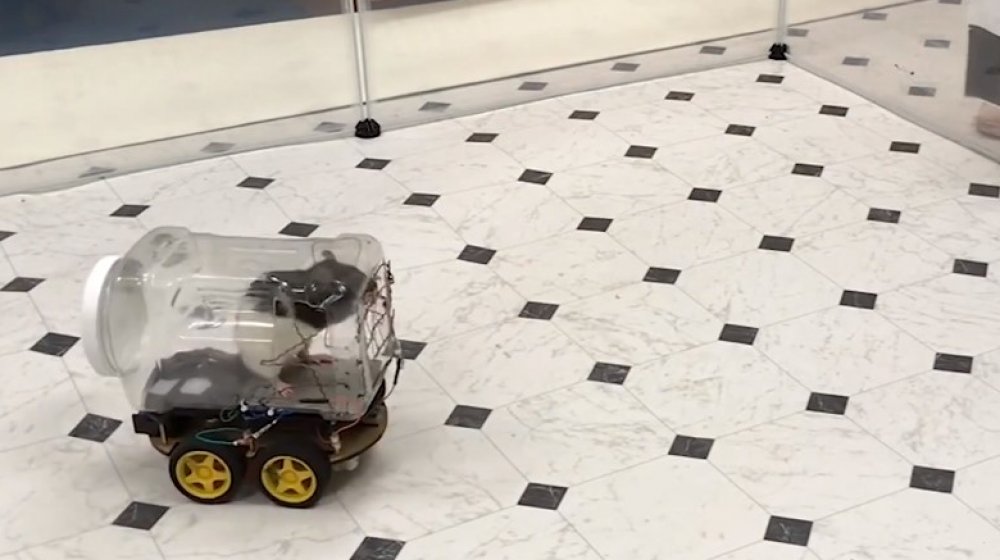Here's Why Rats Learned To Drive Tiny Cars
In a move that's being called "super crazy Looney Tunes" by most folks and "Horsepowers for Algernon" by us, scientists have at long last crossed the threshold, transforming the realm of human achievement from the mundane into the godlike. In October of 2019, researchers at the University of Richmond (probably) stood over their lab stations, ominously lit from below by glowing vials of science, monologuing to themselves with misanthropic rage behind their eyes. "They called us mad," they (again, probably) said. "They laughed at us. But who's laughing now?" they continued, growing louder as righteous fury stoked the fires of their hate, "Now that we have at long last taught rats to drive tiny cars?!" Then lightning struck their tower and their army of rodents screamed as one and the scientists laughed and laughed and laughed... Probably.
Yes, according to a study published in Behavioural Brain Research, researchers at the University of Richmond got so busy this year asking if they could that they forgot to ask if they should and, in so doing, taught rats to drive motorized vehicles, wastefully forgetting to call the machines "ratmobiles." If you're like most people, you're probably wondering why anyone would do this. So that Master Splinter can get the turtles to soccer practice? So Chuck E. Cheese can bolt when his back room gambling den gets raided? For a promotional campaign where Pizza Rat delivers Dominos?
Rats driving cars: man's hubris in motion
As with so much of science, this seems to have been more a case of "Why not?" than "Why?" According to ABC News, Kelly Lambert, one of the researchers involved was quoted as saying "It's a good learning opportunity, and we're not sure where that's going to take us, what destination, but it's been fun."
Here's what they've determined, though. Per the study, rats apparently show "increased emotional resilience" after time spent with their paws at ten and two, as exhibited by their heightened dehydroepiandrosterone/corticosterone metabolite ratios. So that's something to talk about in the break room at least.

